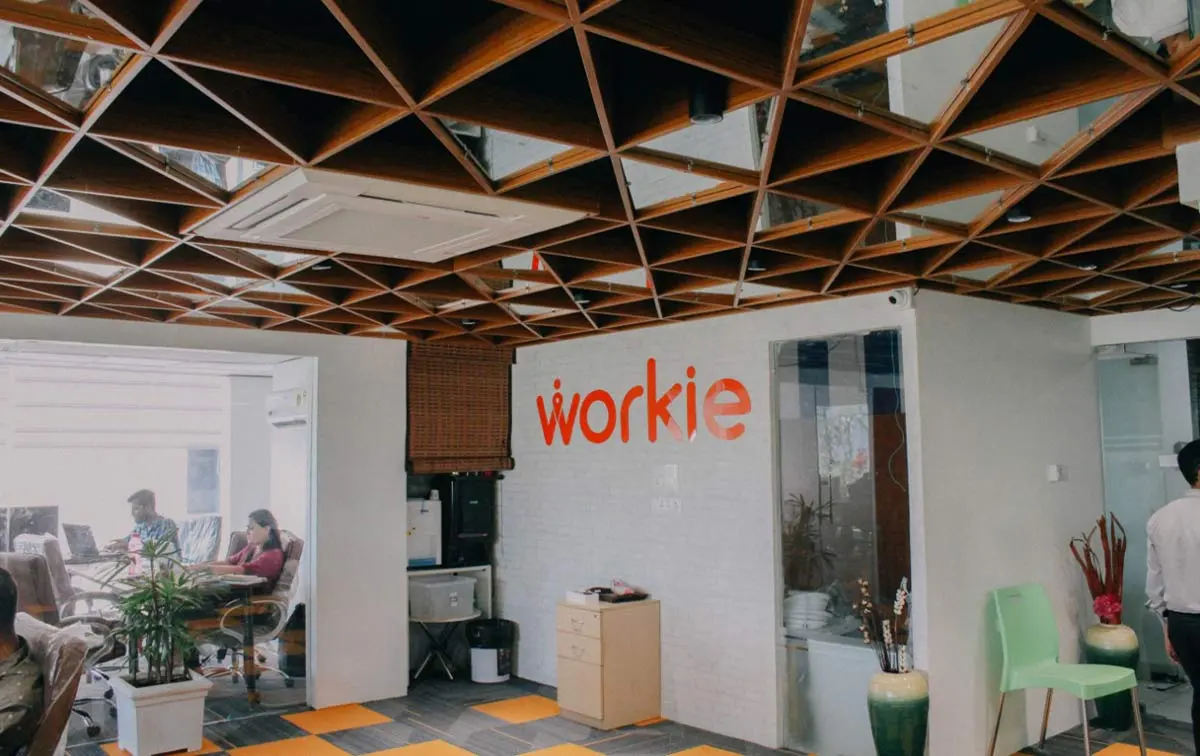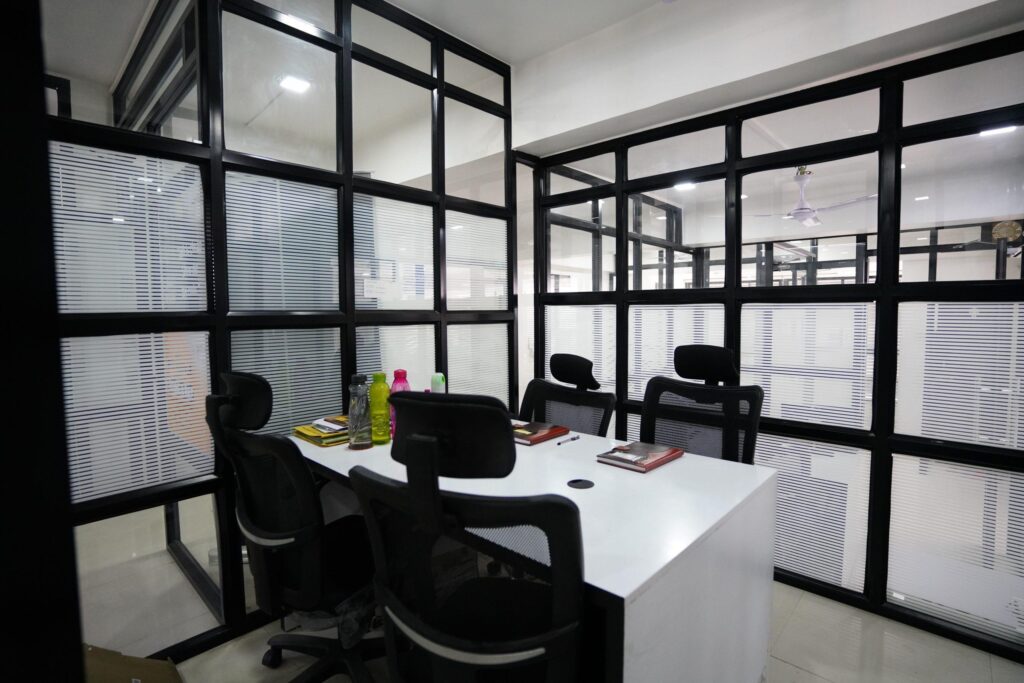
Shared Spaces, Shared Success: Exploring Coworking Culture
In the ever-changing world of work, rigid organizational structures are gradually being replaced by new and progressive organizational structures. coworking is one such trend that has gained immense popularity recently. Now it is high time to glance at the essential features of the given type of cooperation, some historical background, and the advantages of such an approach to work organization.
However, coworking can be traced back to the year 2000 when entrepreneurs and freelancers required affordable and flexible working environments. Coworking spaces were initially officially introduced in 2005, and these were designed to offer workspace for independent workers in San Francisco. Since then, thousands of coworking spaces have appeared in the world with the help of the gig economy, remote work, and the acknowledgment of the competitiveness of collaborative work.
Fundamentals of a Collaborative Workspace
- Shared Workspace: Co-working spaces combine common areas for combined work, enclosed offices for separate tasks, and meetings, or lounge areas for breaks and social interactions. This physical environment therefore fosters interaction and teamwork among the members.
- Diverse Community: Co-working spaces include freelancers, entrepreneurs, start-ups, and even, big firms. These differences stimulate innovation, sharing of ideas, and even, collaborations between different fields.
- Culture of Collaboration: Coworking is carried out in a setting that encourages individuals to engage in group work. People seek cooperation, motivation, and valuable connections in professional affiliations—be it through organized events, group meals, or equipment.

The Perks of Coworking Environments
Enhanced Productivity : The very essence of coworking spaces is the ability to work to the utmost maximum possible efficiency. Comfortable chairs, desks and lamps, and reduced noise levels improve productivity and engagement. In addition, one can also find other professionals to motivate oneself and have a positive impact on each other because everyone at work aims to succeed.
Work-Life Balance: Due to the relative openness of micro-knowledge environments, members of coworking spaces can arrange working hours based on their individual life and work experience. Most coworking spaces are opened at all times in a day and month, in a way that creates the best time of day for each person. Since the work is versatile, it can be done anytime of the day or during a convenient time for the employee thus improving work life balance and lowering fatigue levels.
Availability of resources and specialists: Since coworking spaces are shared spaces, they offer connections with resources that a sole professional might not have access to. This includes office machinery and equipment, computer and other gadget repair services, business incubation services, among others. For this reason, the diversity of the targeted community is helpful as people from different lines of work can share what they have learned during their work career.
The Future of Coworking
Integration of Technology : This trend will continue into the future and coworking spaces will become even more dependent on technology. Smart proposition can be infused into the coworking space through the utilization of IOT devices, AI analytics and VR among others to manage spaces, security and virtual collaboration.
Hybrid Work Models : The emerging trend of work from home has led to the creation of new working models where employees work both from home and the workplace. Co-working spaces are well placed to provide for this shift, providing fluid and versatile solutions that meet the needs of both workers who do not go to a central office as well as those who occasionally work from the office.
Sustainable and Inclusive Design : Coworking spaces will also continue for growth with sustainability and inclusiveness as the core determinants. Coworking spaces in the future is expected to consider sustainable solutions like efficiency in energy use and systematic management of wastes. Also, the design of rupture for the physically impaired and other disabled persons to access consumer generated content will also be important.

Virtual Co-working: A Game Changer
- Productivity Boost: One of the advantages of co-working space includes the fact that it gives accountability. Some have said that knowing that your fellow employees are working alongside you is a great encouragement to work hard. Moreover, there is no need to schedule formal meetings to ask instant questions or get some advice on particular issues.
- Social Connection: People have formed interpersonal relations as a natural need for a long time. Virtual co-working addresses isolation because it fosters feelings of being together as people work independently. It will help you lose that solitary vampire feeling and embrace the pack mentality instead.
- Spontaneous Creativity: Do you recall the time when, passing the hall, you stumbled upon your coworker? Virtual co-working replicates that. One encounters new ideas and creative solutions in casual and spontaneous discussions.
Conclusion
Coworking spaces provide a business model that combines working environments, various communities, and various cultures, allowing accountability, exposure to expertise knowledge and professional services that cannot be attained while working solo. In the future, the use of third-generation technology, the further evolution of the coworking model as a mainstream working style, and considerations for environmental responsibility and equality will remain essential.
Virtual co-working, helping increase productivity, facilitate interpersonal communication, and unleash creative ideas at the spur of the moment. As the workplace changes over time, there is no doubt that coworking spaces and even virtual co-working spaces will be instrumental in building a more malleable, interlinked, and creative generation of employees.
The future of coworking will be shaped by the integration of technology, including IoT devices, AI analytics, and VR for managing spaces and virtual collaboration. Hybrid work models, which combine remote work with occasional office visits, will become more prevalent. Additionally, sustainable and inclusive design will be key, focusing on energy efficiency, waste management, and accessibility for physically impaired individuals.
Coworking spaces support work-life balance by offering flexible working hours and a variety of work environments. Members can choose when and where they work, which helps accommodate personal schedules and reduce stress.
When choosing a coworking space, consider factors such as location, amenities, pricing, community vibe, and the availability of resources. It’s also important to evaluate the space’s flexibility, support for remote work, and how well it aligns with your professional needs and preferences.

